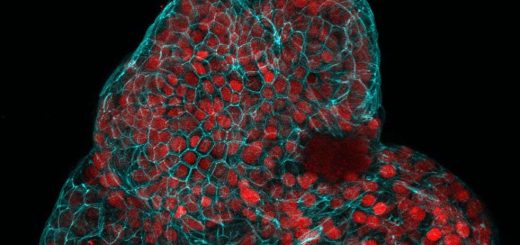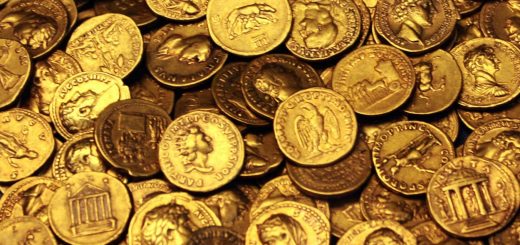People around Europe have eaten seaweed for thousands of years
Traces of algae on teeth found at archaeological sites suggest that seaweeds may have been a staple part of European diets from the Mesolithic until the Middle Ages
By Chen Ly
17 October 2023
Sea lettuce is an edible alga found on coastlines around Europe
Seaphotoart / Alamy
People in coastal areas across Europe have been eating seaweed for thousands of years, traces of algae on their teeth have revealed.
There are over 10,000 species of seaweeds that grow close to coastlines around the world. Today, many of these organisms are considered a health food, particularly in Asia, with around 145 regularly eaten species.
“Seaweed is great. It’s available, it’s nutritious, it’s local, it’s renewable,” says Karen Hardy at the University of Glasgow in the UK.
Advertisement
There is little evidence for seaweed being a part of ancient diets, apart from at one site in Chile from about 14,000 years ago.
Hardy and her colleagues first discovered traces of seaweed in the calcified plaque on human teeth found at a Neolithic burial site in Orkney, Scotland, dating back around 5000 years.
“We were absolutely astonished,” says Hardy. “This is the first time anyone’s ever detected specific evidence for the consumption of seaweed [in dental plaque].”


